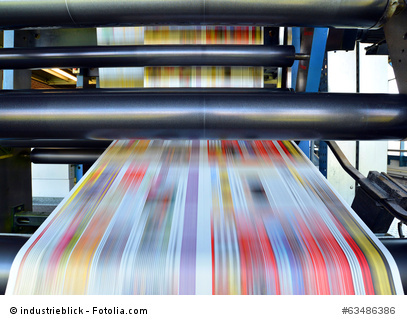PDF 2.0: Unwelcome progress?
PDF 2.0 heralds a new generation of PDF. And yet the printing industry is not too keen on celebrating this new platform-independent file format, despite the many promising features it has to offer.
After years of development PDF 2.0 is now ready to go. It has been 20 years since Adobe Systems released the Portable Document Format. Much has happened in the world of digital publishing since that time, whereby PDF has remain what it was always designed to be: a format for electronic documents that always faithfully reproduces these regardless of the operating system being used.
Still, there seems to be little enthusiasm on the part of potential users. Why is that? Perhaps the problem is that steadily growing divide between the possibilities that technology has to offer and how these are actually being utilized. Particularly within the printing industry there are critics, who make no effort to incorporate the latest developments within their work as these are considered to be more detrimental than advantageous to their workflows.
PDF 2.0, however, includes a number of new and interesting features. The new black point compensation lets you assign different levels of black to individual parts of a document. General accessibility is being improved continuously and the new format even supports digital signatures that allow the identity of the signatory to be determined with certainty.
For many printers and publishers these features are a far cry from what they need in their day-to-day business. Consequently, PDF 2.0 will probably have no major impact on the way they work in the foreseeable future. On the whole, the printing industry seems to be quite happy with the old PDF technology. And so it is quite inappropriate to accuse this branch of not keeping up with the times. The reluctance – or, better said, lack of interest – this industry is showing to the new format is probably a result of being confronted with an outpouring of new technologies that flooded the market in recent years. It would appear that a certain degree of “innovation fatigue” has set in.
User requirements will ultimately decide the fate of PDF 2.0. We’ll just have to wait and see if or when this new format finds acceptance on the market.

